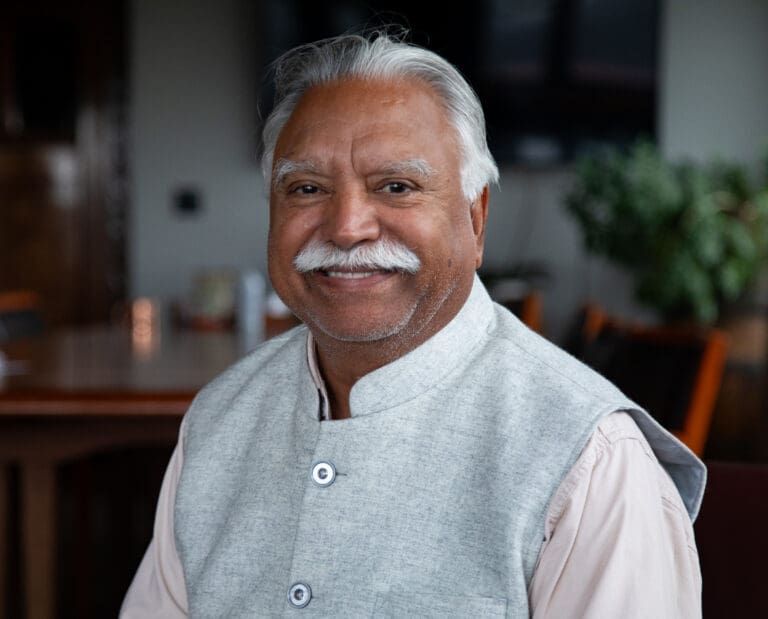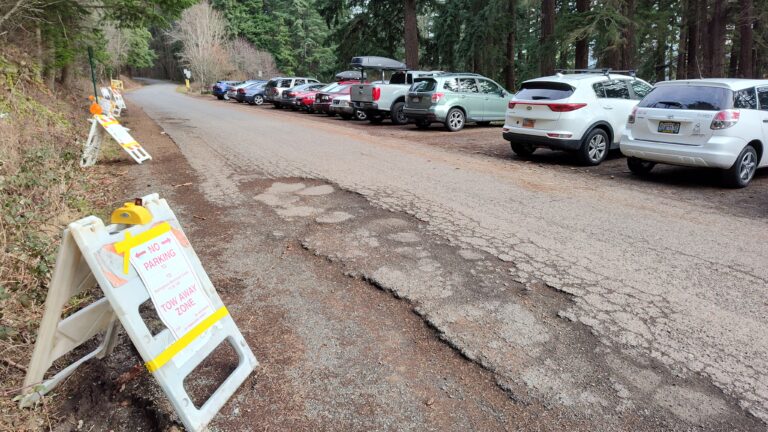There’s light rail; there’s high-speed rail and there’s ultra-high-speed rail. Then there’s the “third rail,” the electrified line that provides a metaphor for controversial topics you’d best not touch.
A relatively modest $150 million investment in the $16.8 billion state transportation budget — Move Ahead Washington — that Gov. Jay Inslee recently signed raises issues that may end up touching all four rails.
That $150 million was set aside as seed money to attract possible federal matching funds — between $600 million and $700 million — for advanced planning for a dedicated 300-plus-mile ultra-high-speed rail line serving Portland, Ore., Seattle and Vancouver, B.C., with other stops likely, including Bellingham and Everett.
As planned, the line — separate from the existing rail line used for Amtrak, Sounder and Burlington Northern Santa Fe’s freight service — would run 260-passenger electric “bullet” trains, reaching speeds of 220 mph, up to 30 times a day and serving 2.1 million riders annually when service starts in 2035, and 3.3 million passengers by 2055.
Passengers between Portland and Seattle would make the trip in about an hour, as would those between Seattle and Vancouver, B.C. Current passenger rail travel times are three-and-a-half hours between Seattle and Portland and between Seattle and Vancouver, when service to Canada resumes in June.
Initial price tag: $850 million for design work
That $150 million investment, and others in aviation electrification, low-carbon aviation fuels and more, said state Sen. Marko Liias, D-Everett, chairman of the Senate’s transportation committee, in an interview last week, represent a “1 percent investment in the future of transportation that will provide solutions as the region grows.”
If federal funding is secured, a total of up to $850 million would be spent for design work, route planning, engineering, environmental reviews and community outreach in coming years to develop, Liias said, “a fully baked proposal we can all consider.”
There’s already concern, however, that the state and federal funds could allow enough momentum to gather behind the proposal to prevent stopping the train before arrival at Boondoggle Station; and perhaps will divert investments needed elsewhere by a similar upgrade of the existing rail line and efforts to keep Sound Transit’s regional Link Light Rail system connecting Everett, Seattle, Bellevue and Tacoma on its already delayed schedule.
An earlier study has set the cost for the cross-state bullet train project — dubbed Cascadia — at between $24 billion and $42 billion to complete, depending on final land acquisition costs, eminent domain legal fights and how much tunneling would be involved.
Next stop: ‘Boondoggle Station?’
A similar bullet train line under construction in California, to serve the 500 miles between San Francisco and Los Angeles, started out 14 years ago with voter approval of a $10 billion bond request that has since grown to $105 billion in estimated costs, with service promised by 2029. A recent New York Times story found divergent views on the California project’s hopes for future federal funding and even its completion.
For far less than half the expected cost for Cascadia’s bullet train, two rail experts — Thomas White, a rail industry consultant, and Bill Moyer, a rail advocate — wrote last year that the existing rail line between Vancouver, B.C., and Portland could be upgraded and electrified and would allow high-speed Amtrak service — at up to 110 mph — that would still cut the time between Seattle and Portland and Seattle and Vancouver to two-and-a-half hours and would also serve the same number of passengers.
For an estimated $9.2 billion, White and Moyer wrote, the rail corridor can be upgraded not only for passenger service but freight needs as well, speeding passenger and freight, and would serve up to 14 communities on the corridor.
Alternate options are out there
“Rail is already at least three times more efficient than truck transportation, so taking freight from highways to rail is vital for reducing carbon pollution,” the pair wrote. “Since trucks cause by far the most damage to highways, moving to rail also saves road maintenance dollars, not to mention improving air and water quality.”
An investment by BNSF in battery electric locomotives, which the rail line already are testing, would amplify those climate benefits.
Best of all, the state already has a study and planning — started in 1991 and updated as recently as 2006 — that shows the potential and considerations for upgrading the Amtrak Cascades line, making the project “shovel-ready” and primed for federal funding.
Liias, interviewed this week for a Northwest News Network public radio story, said federal funding for the Cascadia project and Amtrak Cascades aren’t mutually exclusive and can be pursued in tandem.
At the same time, Sound Transit’s Link system hasn’t been an afterthought in the state’s transportation budget. While the transportation budget provided no new direct state funding, Liias said, lawmakers and Sound Transit have had discussions about keeping light rail expansion on schedule and perhaps even advancing the timeline.
Impacts on Sound Transit
Among recent changes, the Legislature has provided for Sound Transit to use state right of way at discounted rates.
“The reality is that no one else is going to be using our highway right of way other than the state Department of Transportation. It doesn’t make sense to try and charge them rent when they’re providing a public service there,” Liias said.
And Sound Transit’s access to state grant programs, suspended with passage of the last major transportation package, is being restored, he said.
The state’s $150 million for study of the Cascadia bullet train is contingent on it winning the federal matching funds. At nearly $1 billion, with state and federal money combined, that investment is not an insignificant amount of taxpayer funds, but the potential for a better look at the “transportation of the future” deserves consideration.
But that consideration should come with a detailed reexamination of the Amtrak Cascades upgrade and renewed commitment to speedy completion for the Link Light Rail system.



